Dangers in the Garden - Part 1Common Garden Plants That Can be Dangerous To Humans, Pets, or Livestock - by R. Lieber
One of the best-known examples of lethal medicinal plants is Foxglove, whose lovely bells are found in many partial shade gardens here in East Tennessee. Foxglove was once used as the source for the heart stimulant Digitalis. Ingestion of foxglove can cause symptoms like a racing heart, nausea, vomiting and diarrhea, dizziness and fainting. In large enough quantities it can be fatal. If you have curious children and worry about them eating in the garden this is one plant to definitely avoid.
Christmas favorites Poinsettia and Mistletoe are toxic and should be kept from children and pets. Plants with thick milky sap (this kind of sap is also called latex), are irritating to skin and considered unsafe for ingestion. Most of the Euphorbia plant family, Poinsettias for example, fall in this category. Sadly for butterfly gardeners, common milkweed contains latex and can cause contact dermatitis. Heavy gloves, protective glasses and long sleeve shirts are recommended when caring for these plants.
Common garden shrubs that can be poisonous if ingested include hydrangeas, rhododendrons and Mountain Laurels. Holly berries have several compounds dangerous to children and pets.
Lantana and chrysanthemums can be harmful to cats. Felines are also injured by ingesting parts of daffodils and tulips, azaleas and rhododendron, lilies, Calla Lilies and Day Lilies. Lily of the Valley berries are toxic to children as well as dogs and cats. If you garden where livestock can access your garden, be aware that some plants may be toxic to horses, cattle, sheep or goats. Rhubarb, for instance, is poisonous to humans and animals unless cooked.
Some other examples of plants that can be dangerous to farm animals are St. John's Wort, Snakeroot and poinsettias. Snakeroot is especially harmful to cattle. Perennial and annual Lobelias, including the native perennial called Indian Pink, are also harmful to animals.
Goats, which have a robust resistance to many kinds of poisonous plants, are sickened by yews, milkweed, delphinium and lily-of-the-valley. Members of the prunus family, such as fruit trees like cherries, plums, and peaches, can be toxic to humans and livestock, even pigs. The leaves and seeds, or pits, are the dangerous parts. Chickens are affected by many of the plants mentioned above. In addition, chicken owners should avoid lupine, perennial vinca, the vine type also known as vinca minor, bracken fern, and beans. In Part 2 of this series we talk about painful and toxic weeds In Part 3 of this series we talk about irritating plants In Part 4 of this series we talk about painful and poisonous critters Check below for information on poisonous plants in the garden: poisonousplants.ansci.cornell.edu plants.ces.ncsu.edu/plants/category/all/?category=poisonous-plants |


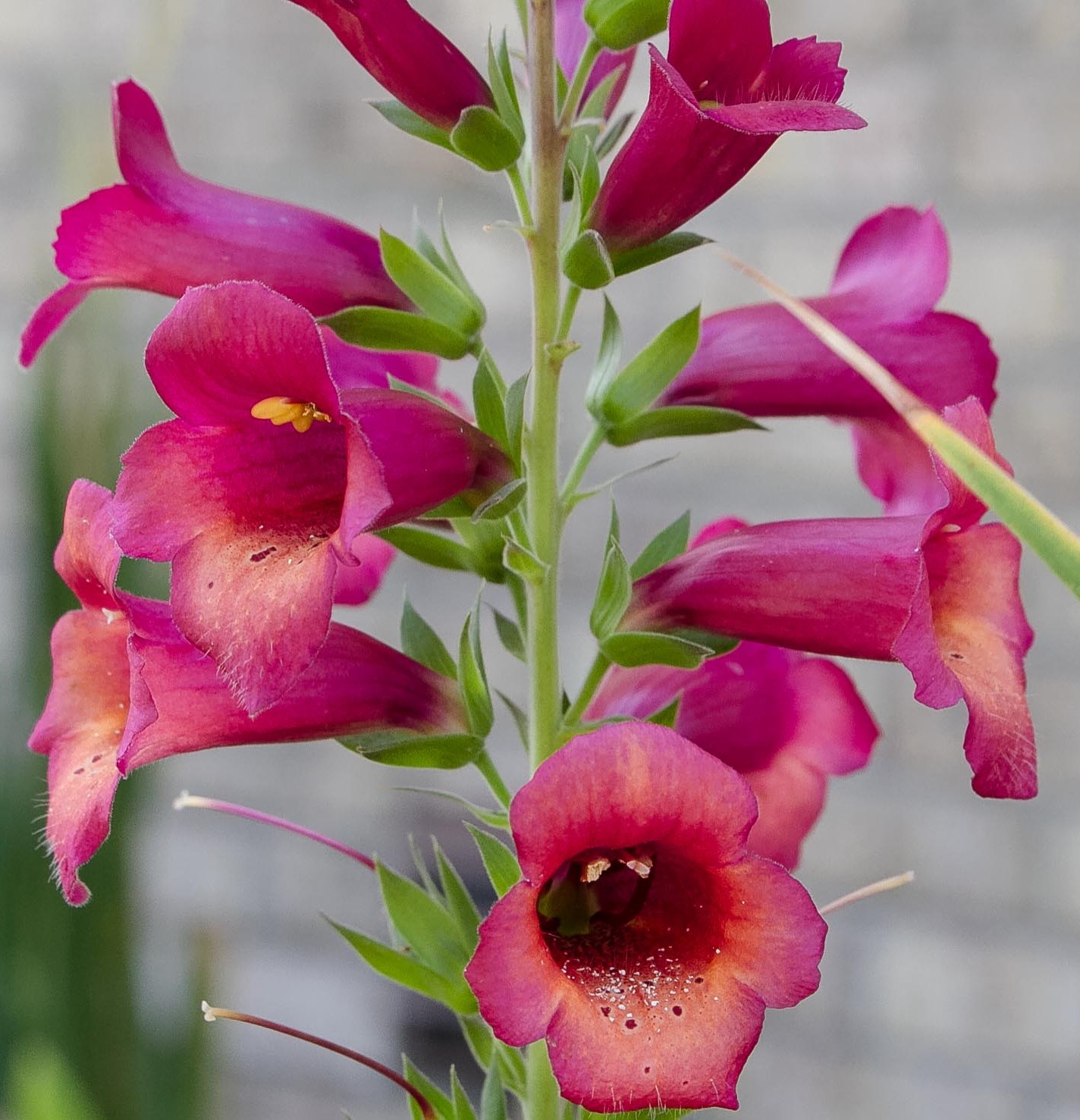 Do you have pets or children who like to wander in your garden? Some plants with medicinal properties can also be toxic to humans or animals. Some common toxic garden plants are discussed below, and links to lists of plants poisonous to humans and animals are found at the end of the article.
Do you have pets or children who like to wander in your garden? Some plants with medicinal properties can also be toxic to humans or animals. Some common toxic garden plants are discussed below, and links to lists of plants poisonous to humans and animals are found at the end of the article.
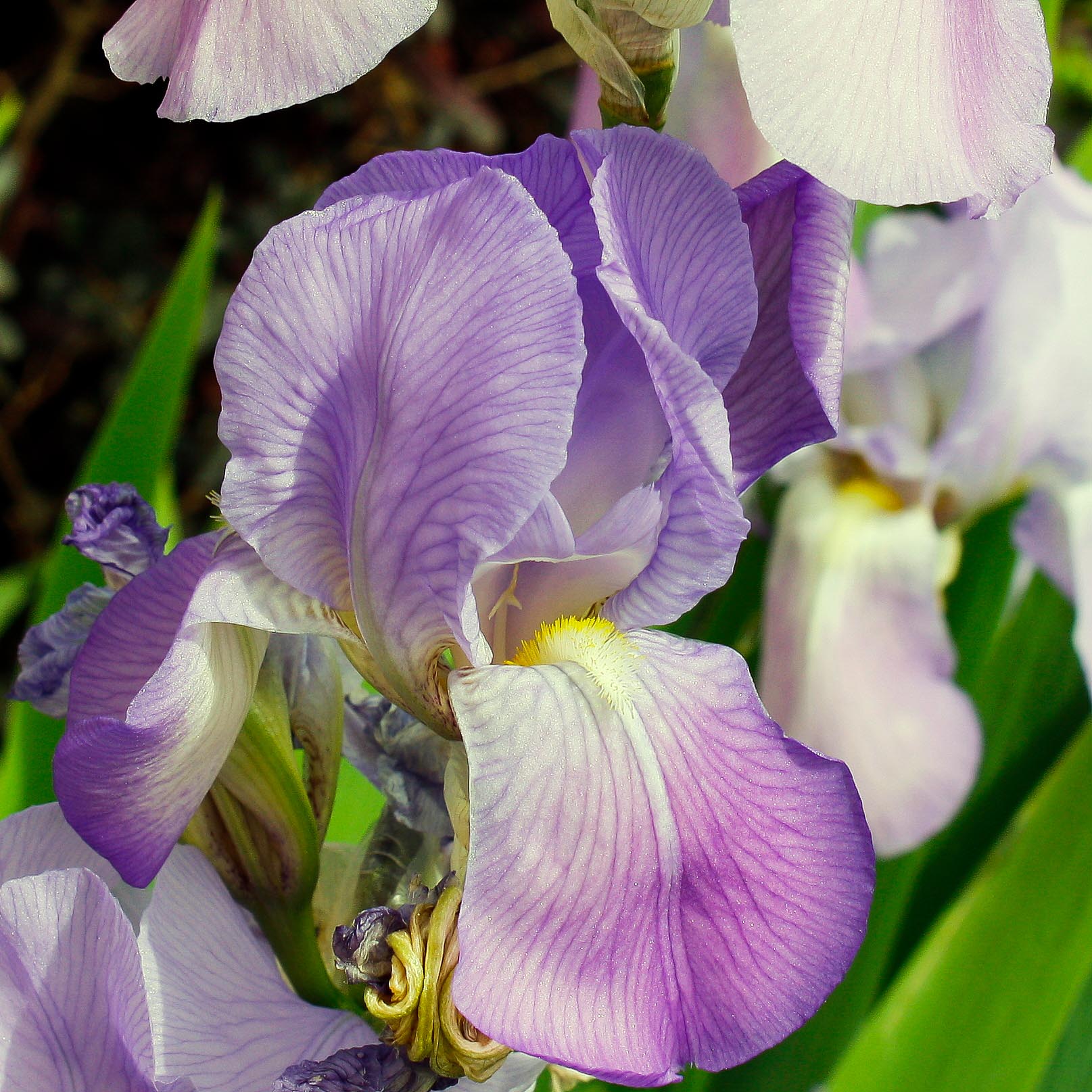 Iris, too, can be toxic. From the standard tall bearded varieties to the small I. cristata they contain various combinations of the toxic compounds called irisin, iridin, or irisine. Iris like native "Flag" varieties, Siberian and even bulb Iris like the Dutch Iris have some degree of the toxic compounds, too. Most irises can cause skin irritation from touching the leaves and root systems. To avoid developing a sensitivity, wear garden gloves and long sleeves when handling them.
Iris, too, can be toxic. From the standard tall bearded varieties to the small I. cristata they contain various combinations of the toxic compounds called irisin, iridin, or irisine. Iris like native "Flag" varieties, Siberian and even bulb Iris like the Dutch Iris have some degree of the toxic compounds, too. Most irises can cause skin irritation from touching the leaves and root systems. To avoid developing a sensitivity, wear garden gloves and long sleeves when handling them.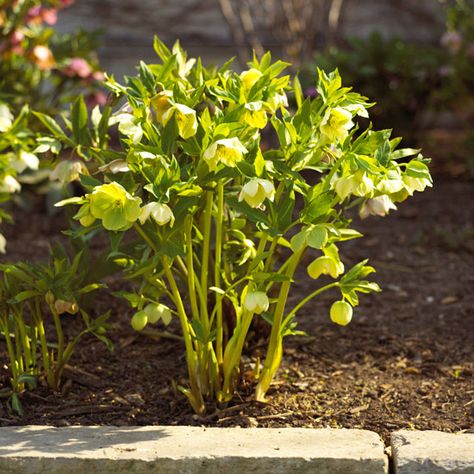 Early spring bloomers Hellebores, aka Lenten Rose and Christmas Rose, can be toxic to humans. Eating large quantities may cause symptoms such as severe vomiting. Historically Hellebore roots were used to cause vomiting in children that had been poisoned by other plants or berries.
Early spring bloomers Hellebores, aka Lenten Rose and Christmas Rose, can be toxic to humans. Eating large quantities may cause symptoms such as severe vomiting. Historically Hellebore roots were used to cause vomiting in children that had been poisoned by other plants or berries.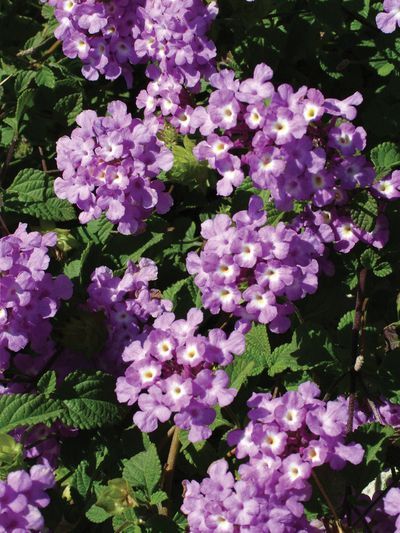 Many dog owners are aware that chocolate and cherries are hazardous, but lantana is also toxic to dogs. Annual and perennial species of Delphiniums, such as Larkspur, are dangerous to dogs, as is Star of Bethlehem, which has pretty white flowers blooming in late spring.
Many dog owners are aware that chocolate and cherries are hazardous, but lantana is also toxic to dogs. Annual and perennial species of Delphiniums, such as Larkspur, are dangerous to dogs, as is Star of Bethlehem, which has pretty white flowers blooming in late spring.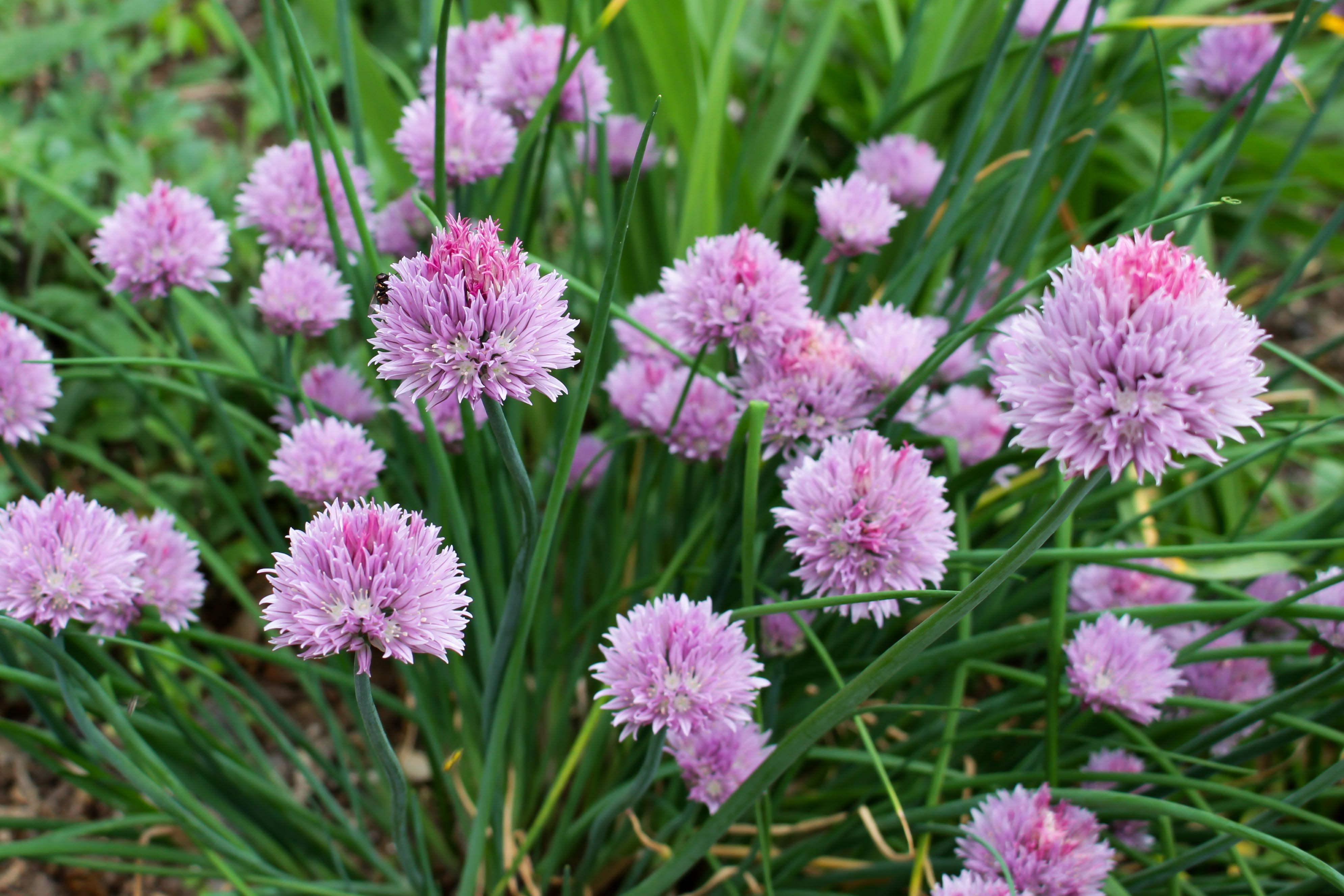
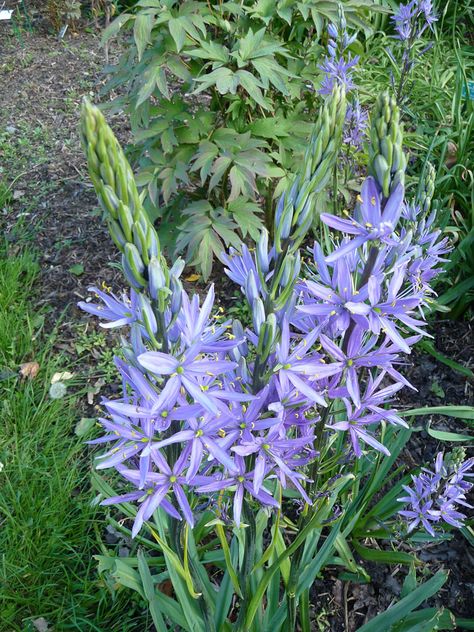 Camassia, a native plant that attracts pollinators is also listed as dangerous.
Camassia, a native plant that attracts pollinators is also listed as dangerous.